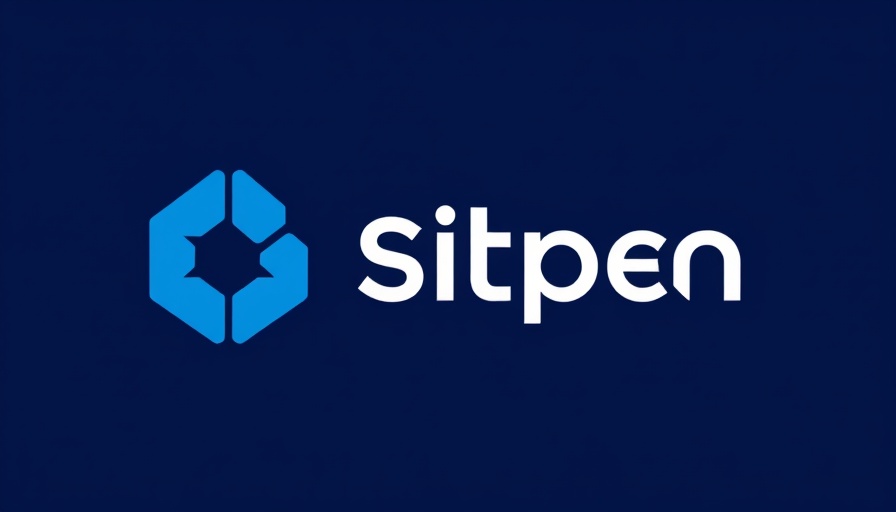
The Future of Team Productivity: Embracing Atlassian Automation
Today’s workplace demands that knowledge workers efficiently manage vast amounts of information while meeting tight deadlines. In response, Atlassian has focused on integrating automation across its offerings, specifically within Jira, Confluence, and Jira Service Management.
Unlocking Time Savings with Automation
Imagine reclaiming 60 hours each month previously spent on tedious administrative tasks. According to Atlassian, teams utilizing its automation features can achieve just that. By taking advantage of automation, teams have streamlined their workflows and can redirect focus on strategic initiatives, thus enhancing overall productivity.
Understanding the Core Functions of Atlassian Automation
Atlassian's automation capabilities stand out due to their user-friendly nature, which includes low-code and no-code options. This feature is particularly advantageous for teams without a technical background, enabling them to easily program sophisticated automations using a visual rule builder. This approach not only reduces reliance on technical staff but also accelerates the deployment of crucial workflow enhancements.
Real-World Applications: Efficiency at Scale
Several companies have reported significant operational efficiencies after implementing Atlassian Automation. For instance, companies have automated repetitive tasks like issue updates and content management in Confluence. Moreover, teams can auto-assign issues in Jira based on predefined criteria, ensuring that high-priority tasks receive immediate attention.
Integrating AI for Enhanced Functionality
As technology advances, so does Atlassian’s commitment to maximizing user efficiency through automation. AI-driven workflows allow for the creation of automation rules simply by describing them, making it accessible for all team members. This exemplifies how automation not only saves time but empowers teams to be more agile.
Conclusion: The Imperative for Automation in Modern Workplaces
As organizations strive for efficiency and productivity, embracing tools like Atlassian Automation isn’t just beneficial; it’s essential. With a robust framework that supports customization and scalability, Atlassian empowers teams to deliver exceptional results, all while spending their time on what truly matters.
 Add Row
Add Row  Add
Add 




Write A Comment